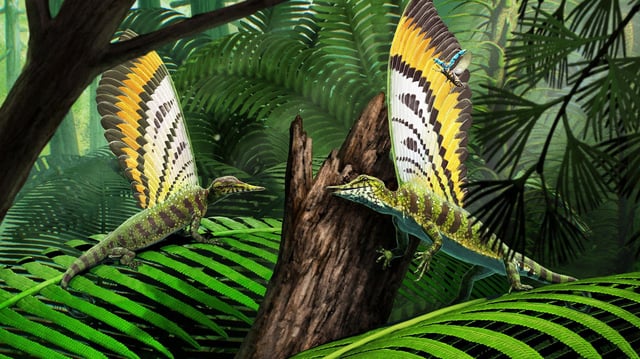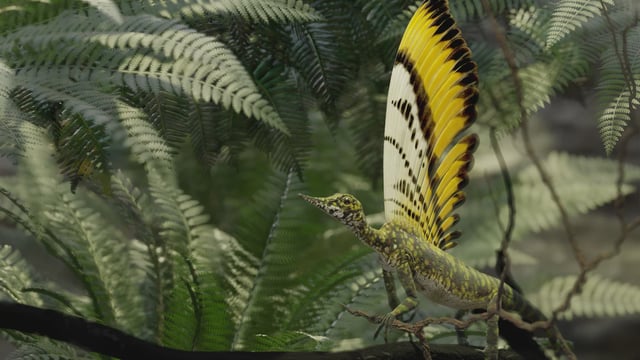Overview
- Fossils of Mirasaura grauvogeli, uncovered in the 1930s and housed at Stuttgart’s natural history museum since 2019, reveal a fern-like dorsal crest of overlapping skin appendages.
- Each crest element lacks the branched structure of true feathers but contains melanosomes resembling those in bird feathers, indicating potential coloration.
- This crest appeared around 247 million years ago, reshaping the timeline of integumentary evolution by emerging nearly 100 million years before the earliest dinosaur feathers.
- Belonging to the arboreal Drepanosauria, Mirasaura used its grasping limbs and long tail to navigate early Triassic forests and may have displayed the crest in social interactions.
- Current research is focused on decoding the genetic mechanisms, color patterns and ecological signaling roles of these complex skin structures.


